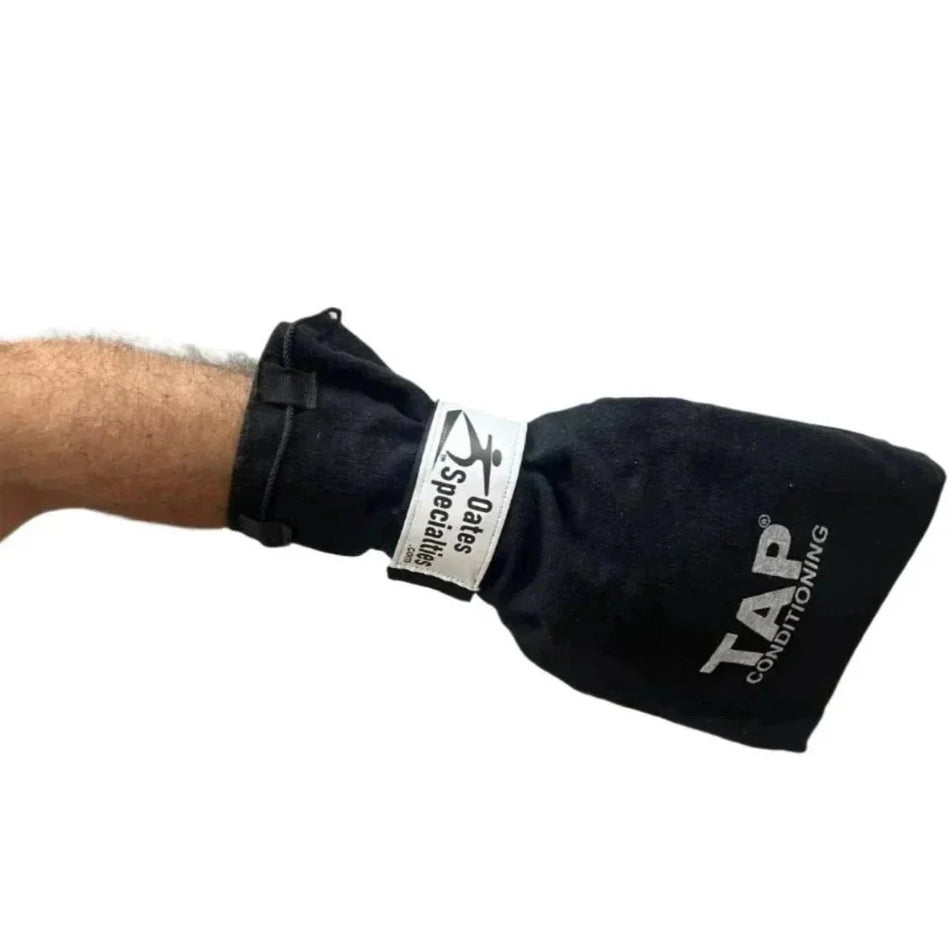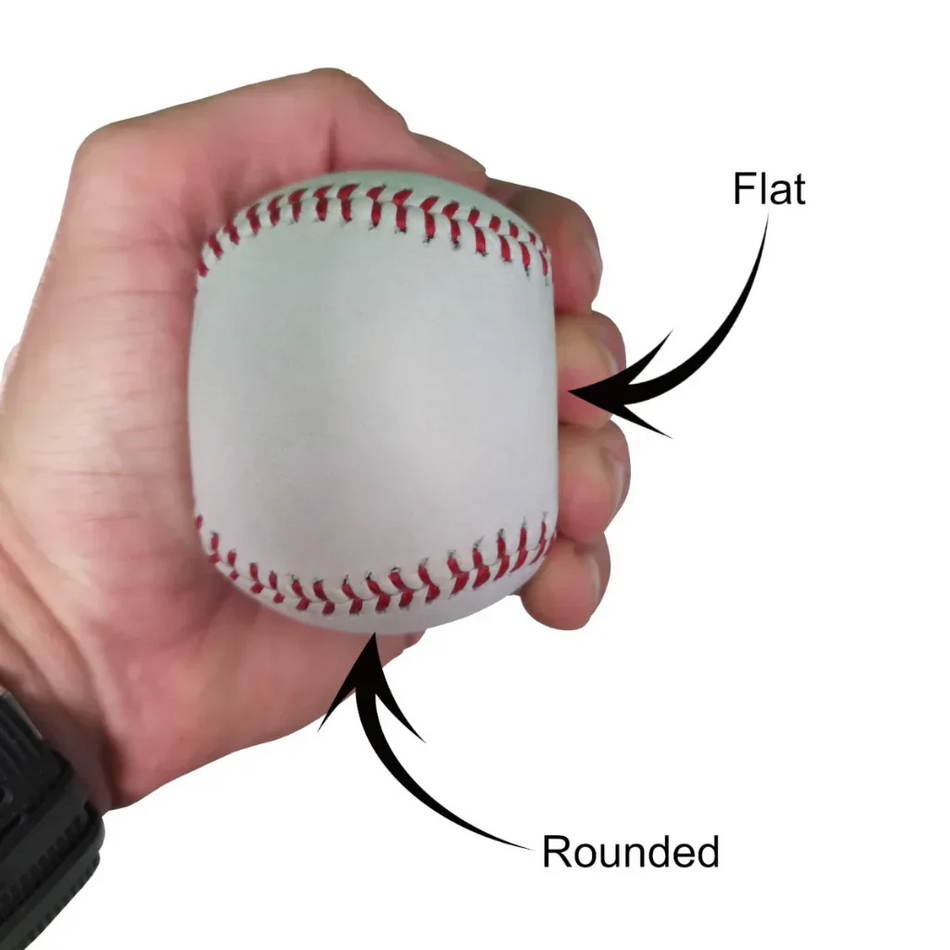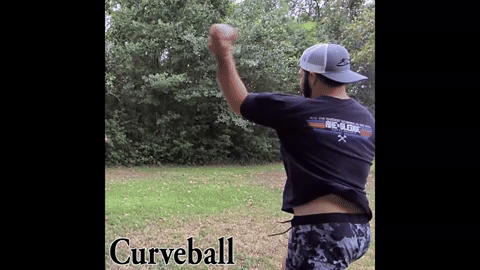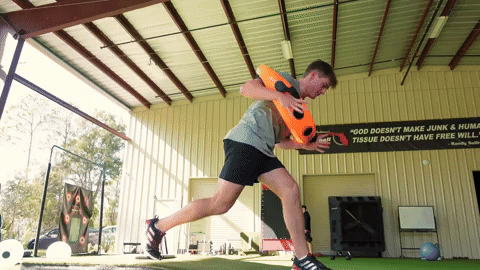This past week I had the privilege of traveling to Apex, North Carolina, a suburb of Raleigh, to visit Dan Kopitzke and the K-Zone Academy. I enjoy watching and learning how different coaches, academies, and programs train their athletes. This experience was no different as I thoroughly enjoyed my visit with Dan and observing his athletes as they went through a workout.
I first met Dan in Houston at the Texas Baseball Ranch, so I had a good idea he was a "think outside the box" kind of guy. Even with these expectations, Dan surprised me with the amount of innovation he incorporates into the K-Zone Academy workout program. From the creative variations using the exercise bands on his player's hands and feet to the innovative arm care exercises his players performed, it is without question that his students were thoroughly warmed up and prepared to throw by the time a baseball was picked up.
Dan has a preparation routine established for his clients as soon as they enter his facility. For starters, Dan seemed to have taken a hybrid of activities from Phil Donley and Eric Cressey, both all-stars in the field of arm health, mobility, and flexibility. The two athletes I watched did a series of exercises to prepare their spine, scapula, and shoulder complex for the evening's workout. Dan informed me that he prescribes different flexibility, stability, and mobility exercises for each athlete he works with. Because every athlete has a different body type and with it inherent strengths and weaknesses, I thought it was phenomenal that each player can target their specific weaknesses.
However, probably the most impressive aspect of the K-Zone Academy was the extensive measuring and recording program for every athlete. For those of you who read my previous post discussing the importance of objective measurement for athletes, Dan's program could serve as a case in point. The first thing I noticed when entering the facility was the leader board mounted on the wall. Listed here were the all-time records at different exercises, separated into different age groups. At any time during a workout an athlete could glance at the board and immediately know the academy's record for the exercise they are about to perform.
In addition to the leader board, every student at the K-Zone Academy had their own folder where they kept a log of their performance at every exercise they did during the workout. The players went to their folders before and after every activity to record the previous exercise as well as to see what their personal best is so they had a number in mind to aim for.
Dan wanted to make training a competition and as game like as possible so he created what he calls "explosive games." This is similar in style to the "7 innings of heck" (for those of you who are familiar with Ron Wolforth's program) although some of the activities are different. Explosive games consists of 3 sets of 3 different exercises to simulate a 9 inning game. The way the game is charted, an athlete will be able to tell based on his performance during the exercises if he is a slow starter, tires as the game goes on, or is able to maintain his output levels. Before the games began, the duration time for the activities was chosen. The choices were 5, 7, or 12 seconds and therefore all were training the ATP energy system, which is the system relied on by baseball athletes. Dan had purchased a Sports Timer so he could adjust the countdown time and no matter how many athletes were working out or how much noise was being made every player could hear it's beep.
The exercises I watched (different exercises are chosen daily to keep it fresh) consisted of a combination of side to side jumps and one legged jumps as well as the wall series to work on core strength. The jumps were designed to enhance coordination, body control, stability, agility, and footwork. The wall series, using handle medicine balls, taught players rotational core strength and explosiveness. All of the exercises helped to redefine the athletes' neuromuscular pathways making them intrinsically more athletic.
After the explosive games workout it came time to finally pick up a baseball. Of course, the throwing was measured as well. Dan has a highly sophisticated program called the K-Zone, ironically enough, which is able to give players instant feedback on the accuracy and velocity of their throw. Using this, Dan put his players through the chosen throwing drills of the day making both command and velocity a priority and having the players record the results.
At the end of the workout session the two players squared off in a competition in which each had to be within 2mph of their record and hit the target. Each time they did this they were awarded a point and the first to 10 points won the game. The amount of competitiveness this game brought out was undeniable and both kids set new personal velocity records.
Dan's ability to make every activity a challenging competition among students while recording their performance makes his K-Zone Academy a great place to train. Players are able to constantly push themselves and break records thereby becoming better athletes. The competitive, game-like atmosphere, detailed measuring/recording system, and superior throwing and training drills is what allows athletes at the K-Zone Academy to make sizeable gains in their baseball abilities.
I would like to thank Dan Kopitzke for allowing me to visit the K-Zone Academy and observe a training session with two of his clients. Dan is doing a wonderful job and I hope he keeps up the good work for years to come. If you would like to know more about the K-Zone Academy check out their website: www.kzoneacademy.com
Until next time,
Brian Oates Brian@oatesspecialties.com














































